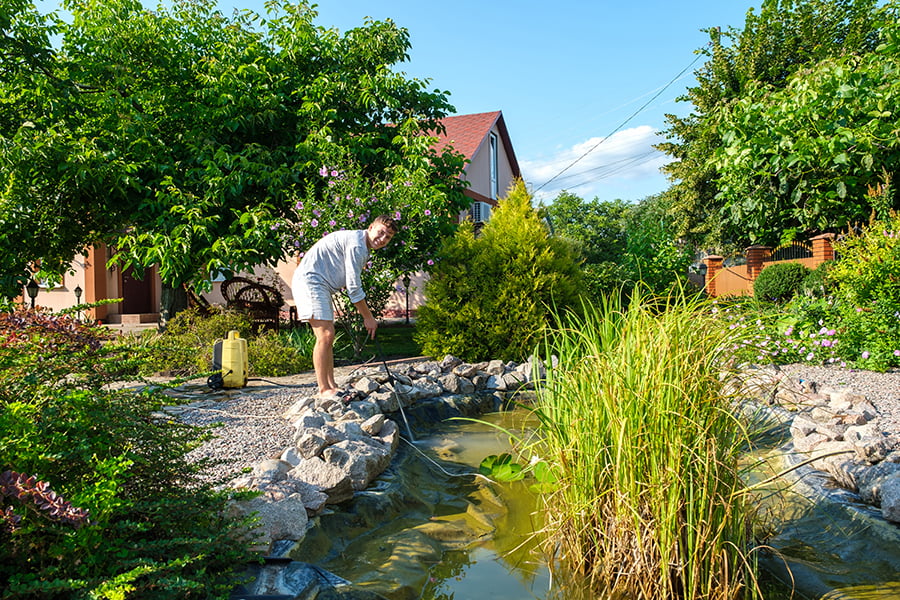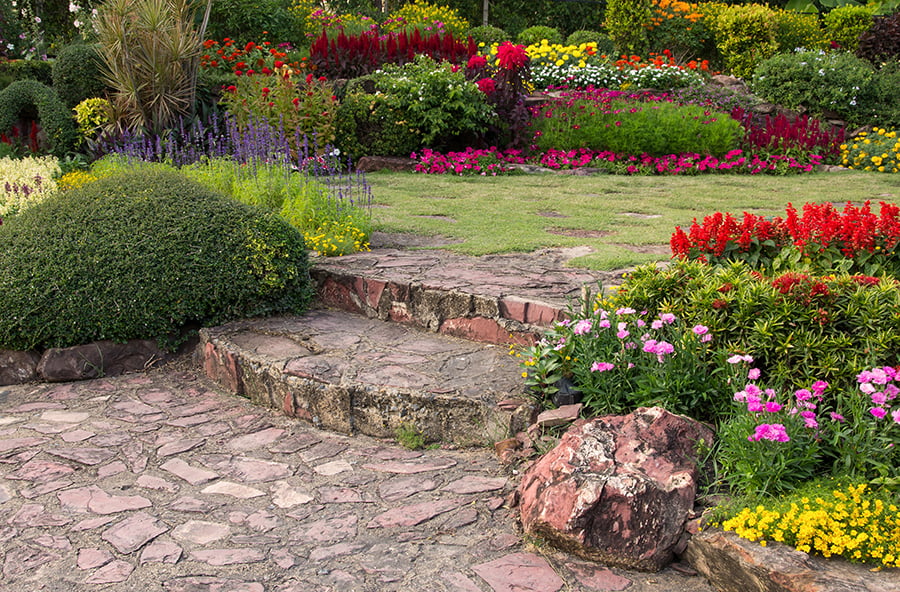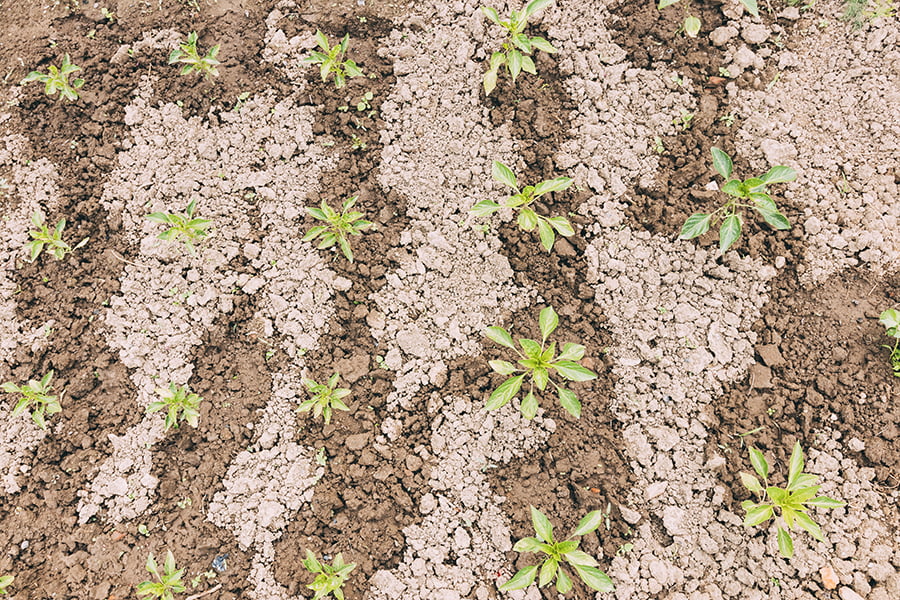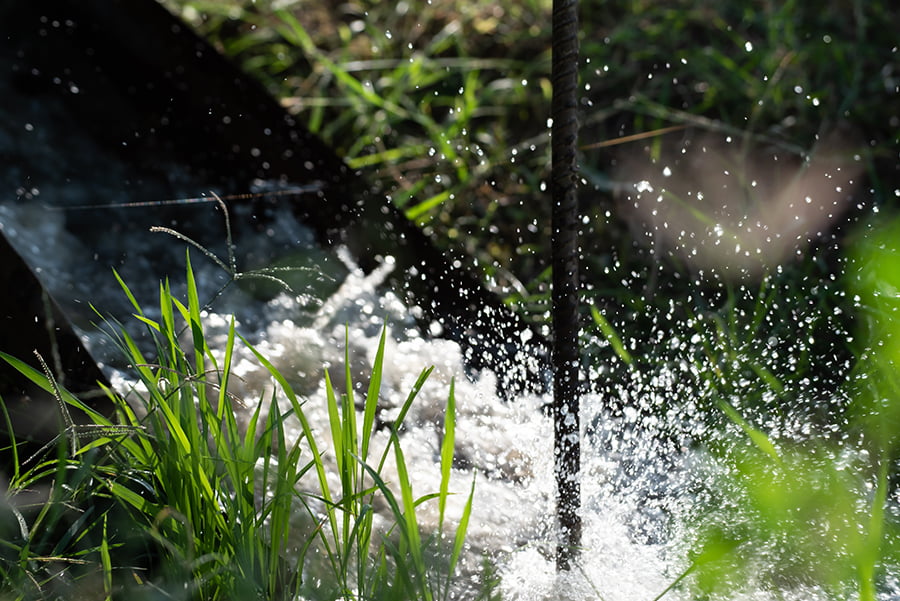Landscaping can provide numerous environmental benefits, such as reducing air pollution, conserving water, providing habitat for wildlife, reducing soil erosion, and improving water quality.
Landscaping can provide many benefits to the environment, from improving air quality and reducing noise pollution to providing habitat for wildlife and creating attractive outdoor spaces.
In this blog post, we’ll explore the various ways landscaping can help protect our planet. We’ll discuss how it can reduce water runoff and erosion, conserve energy, improve soil health, and more.
By understanding the environmental benefits of landscaping, you can make better decisions about designing your outdoor space to maximize its positive environmental impact.
Look Inside:
Reduced Air Pollution

By planting trees and shrubs, landscaping helps to filter out pollutants from the air. Trees absorb carbon dioxide and other harmful gases while releasing oxygen into the atmosphere.
Shrubs can act as windbreaks, reducing dust particles released into the air by strong winds. Plants help to cool down their surroundings by providing shade and absorbing heat from the sun.
This cooling effect reduces smog levels in urban areas where temperatures tend to be higher due to increased human activity. Landscaping can reduce noise pollution by providing sound barriers between noisy areas such as highways, airports, and residential neighborhoods.
Improved Water Quality

By planting trees, shrubs, and other vegetation, landscaping helps to reduce runoff from rain or irrigation. This runoff often carries pollutants such as fertilizers and pesticides into nearby bodies of water.
The plants in the landscape act as natural filters that absorb these pollutants before they reach the water supply. Landscaping can help to prevent soil erosion by providing a barrier between the soil and wind or rainwater.
This reduces sediment buildup in rivers and streams, which can lead to poor water quality. Landscaping also increases rainfall infiltration into the ground, which helps recharge groundwater supplies with clean, fresh water instead of polluted surface runoff.
Increased Biodiversity

Biodiversity is the variety of life in an area, including plants, animals, and microorganisms. By creating diverse habitats through landscaping, such as gardens with native plants or ponds for wildlife to inhabit, it is possible to increase the number of species living in an area.
This increased biodiversity helps create a healthier ecosystem that supports all life forms better. These habitats provide food and shelter for birds and other animals, which helps promote their survival.
Furthermore, having more diverse plant species increases carbon sequestration, which helps reduce greenhouse gas emissions and mitigate climate change. Landscaping has many environmental benefits by increasing biodiversity and creating healthier ecosystems that support all life forms.
Reduced Soil Erosion

This uses plants, trees, shrubs, and other vegetation to buffer against wind and water. These plants also help to hold moisture in the soil, which helps to prevent it from being washed away during heavy rains or floods.
These plants provide organic matter, which helps to improve soil structure and fertility over time. By reducing erosion, landscaping can help protect nearby structures from damage caused by shifting soils or flooding due to runoff.
Improved Stormwater Management

Stormwater is the water that runs off from rain and snowmelt, which can cause flooding and erosion if not appropriately managed. Landscaping techniques such as terracing, swales, and rain gardens help slow the stormwater flow by allowing it to soak into the ground instead of running off quickly.
This helps reduce flooding and soil erosion while providing additional water for plants in dry periods. Landscaping can help filter pollutants out of runoff before it enters waterways or groundwater sources.
Increased Carbon Sequestration

This helps to reduce the number of greenhouse gases in the environment, leading to a healthier planet. Landscaping can create green spaces that absorb more carbon dioxide than traditional hard surfaces like concrete or asphalt.
Trees and other plants are especially effective at absorbing CO2, using it for photosynthesis and storing it in their roots, stems, leaves, and branches. Landscaped areas often contain soil with higher levels of organic matter than non-landscaped areas; this organic matter also helps capture CO2 from the air.
By increasing carbon sequestration through landscaping projects such as planting trees or creating green spaces with native plants, we can help reduce our environmental impact on climate change.